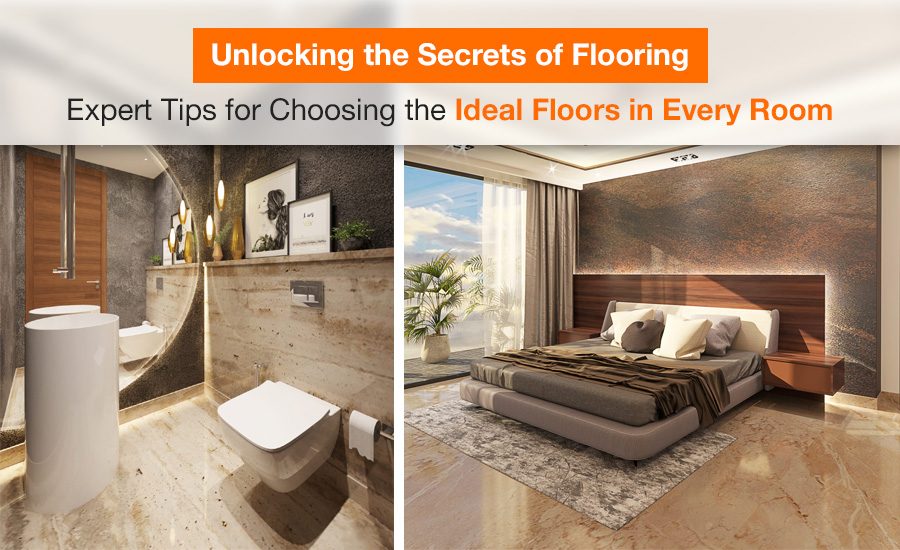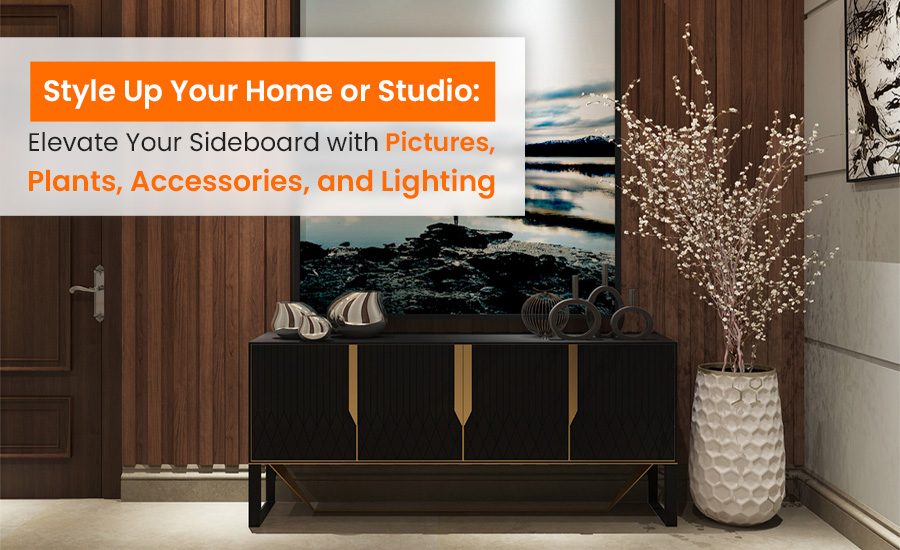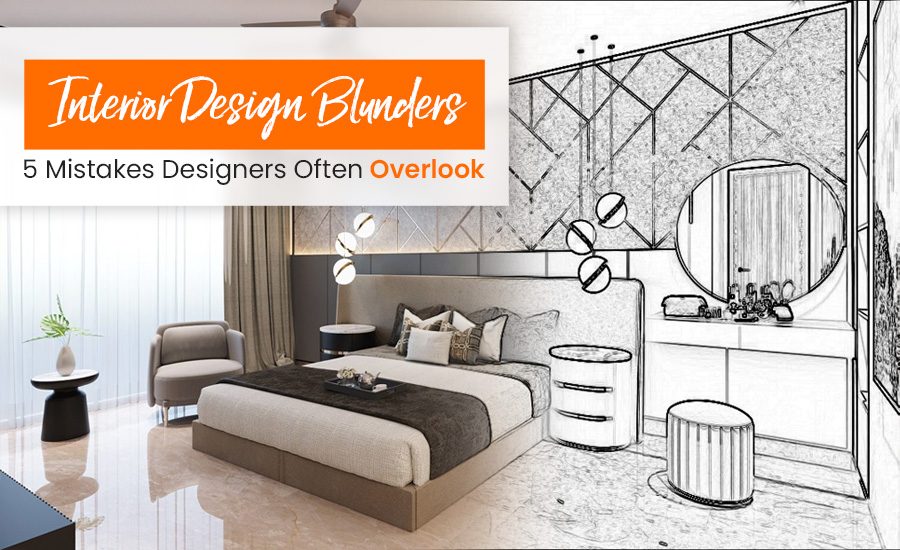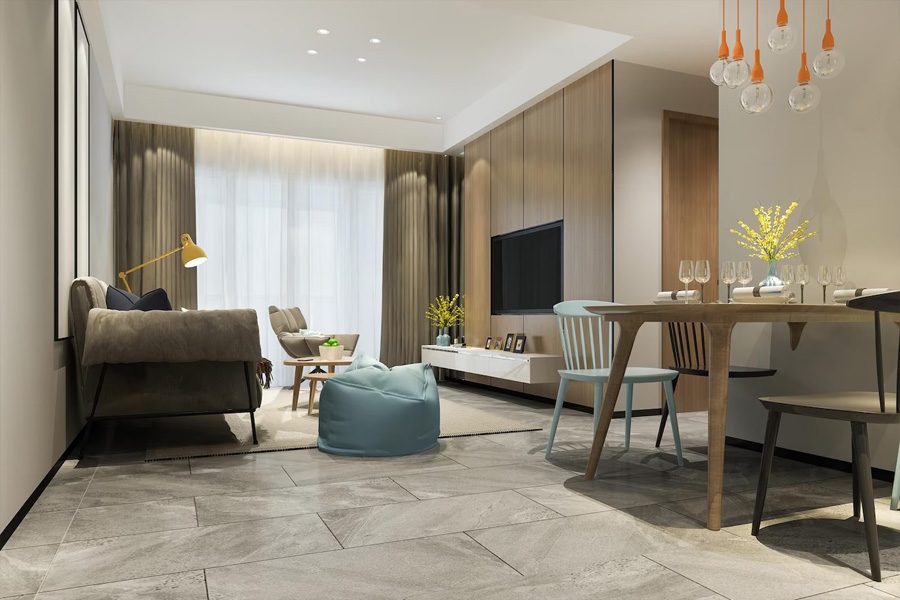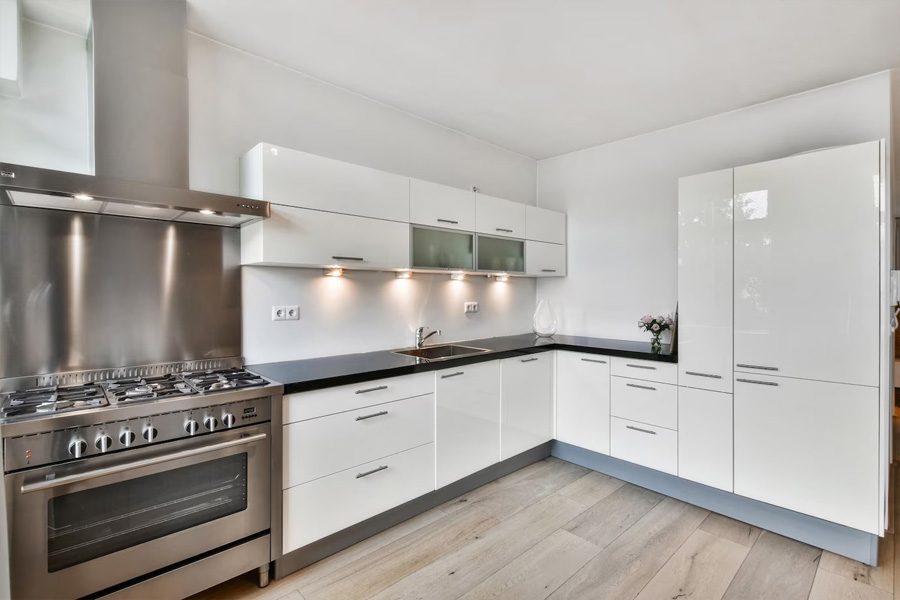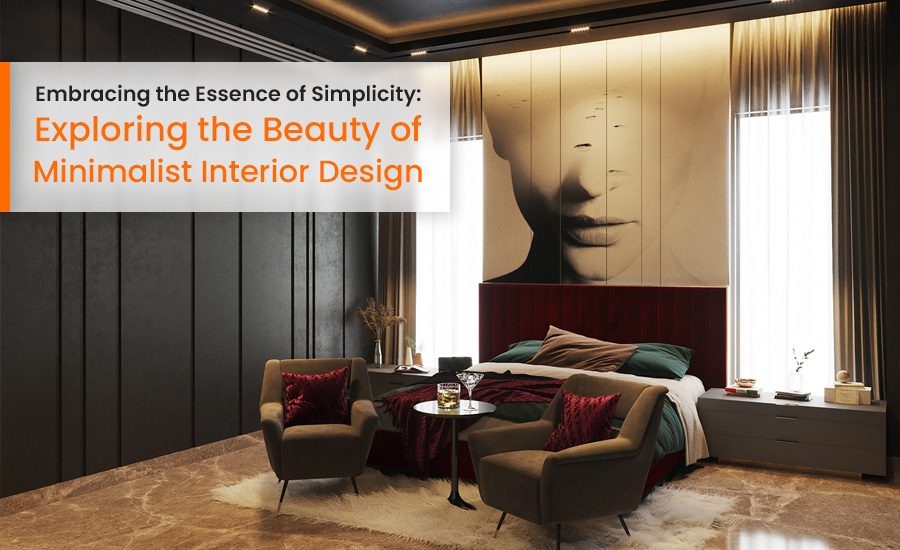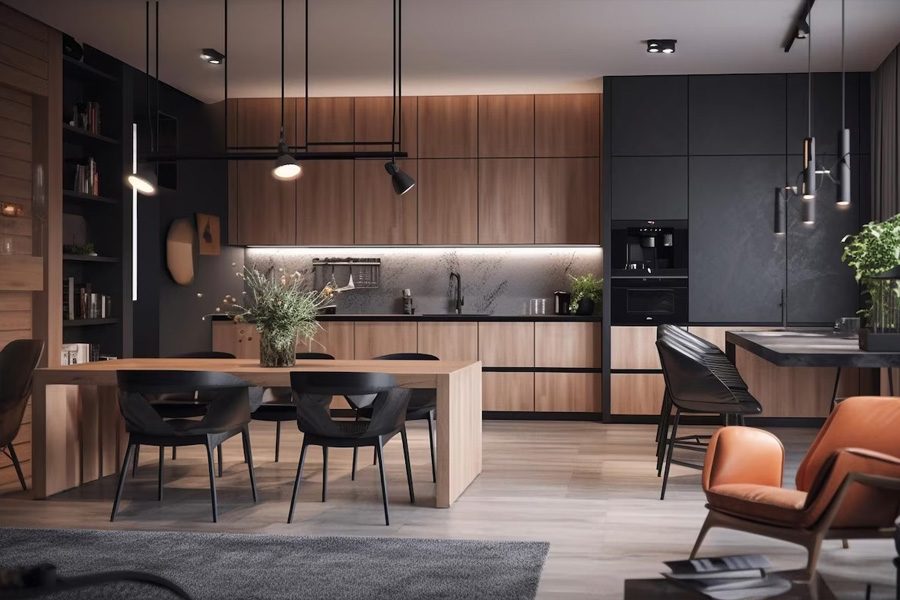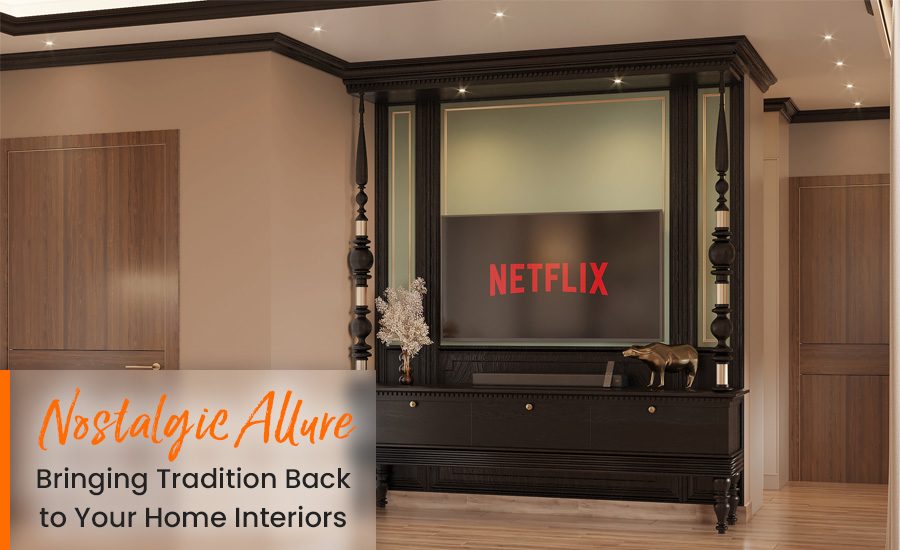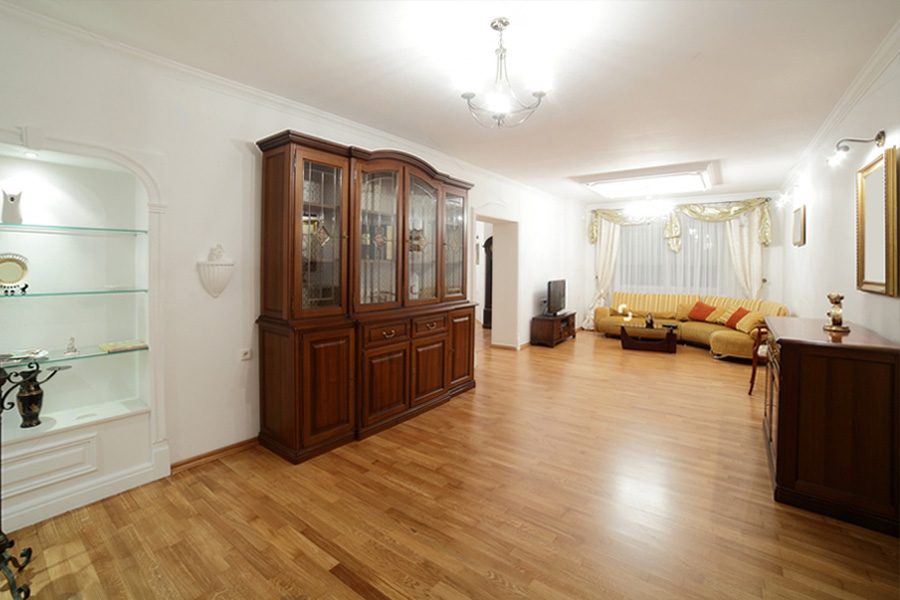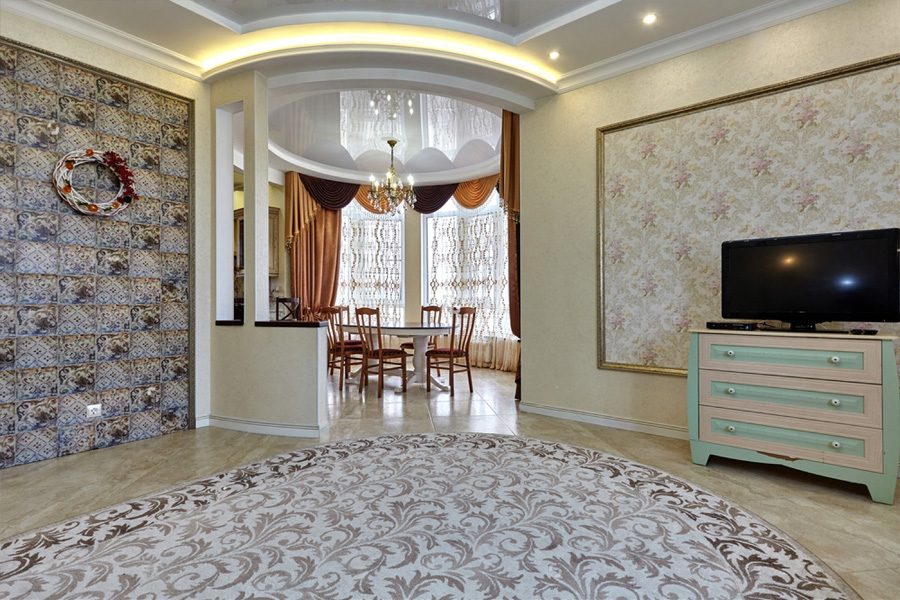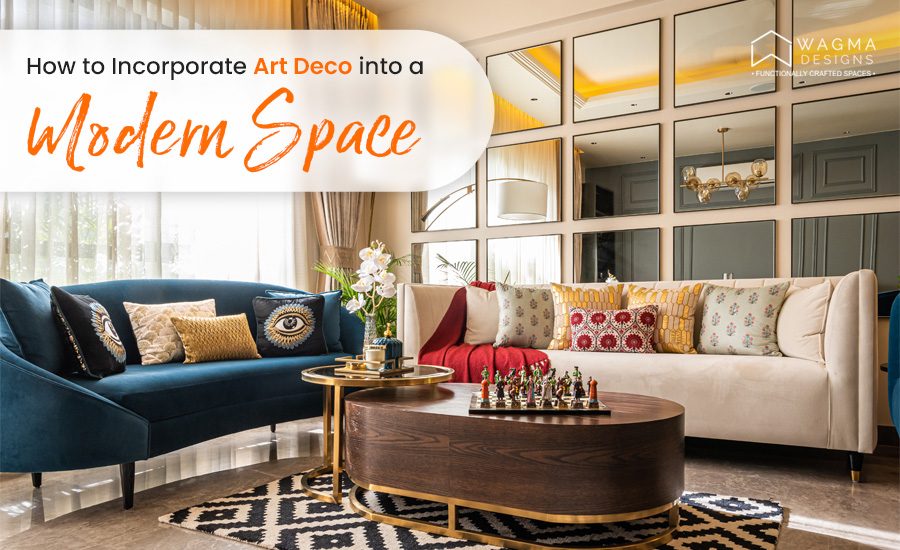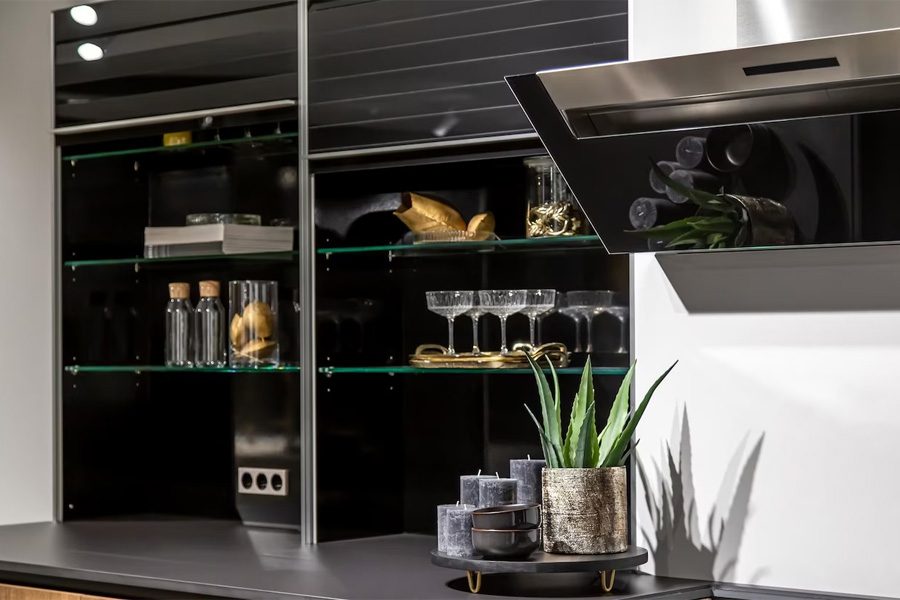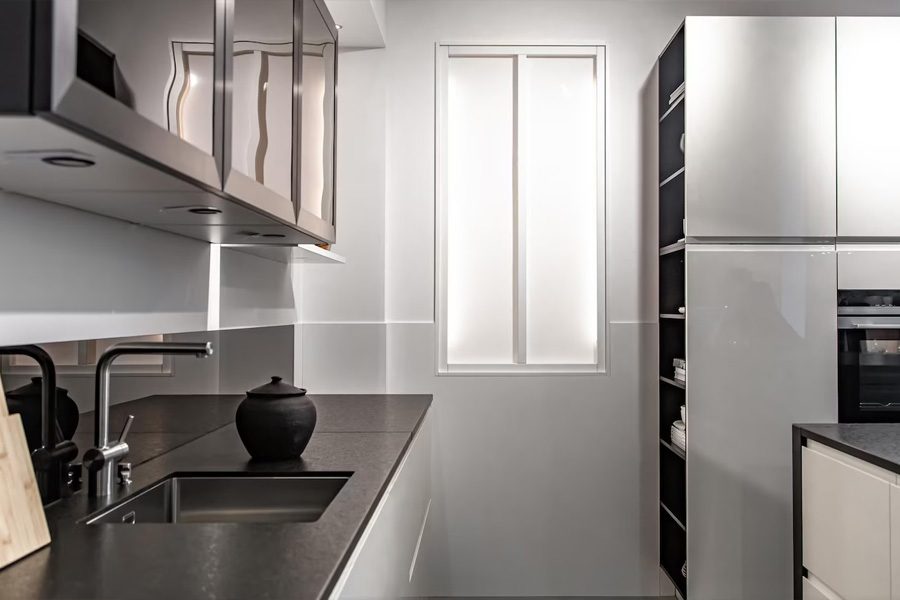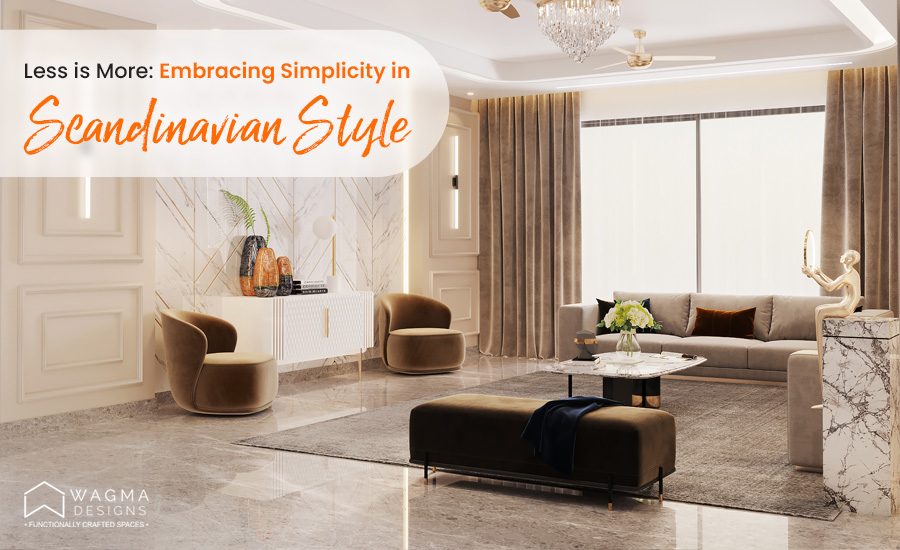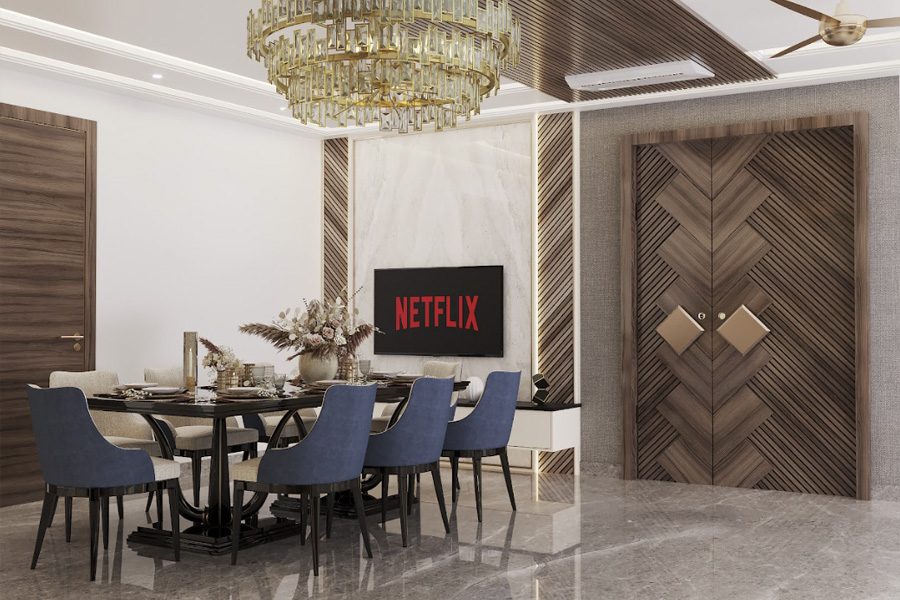Designing and constructing a luxury house is an exciting endeavor that allows homeowners to bring their dream home to life. However, it can also be a complex and demanding process that may cause mental and financial stress without proper planning. In this blog post, we will explore how house owners may utilize their intelligence to navigate the process of designing and constructing a luxury house, ensuring a smoother and more fun experience while avoiding unnecessary strain.
- Define Your Vision:
Before starting on the design and construction journey, you need to have a clear vision of your dream home. Take the time to explore your preferences, gather inspiration from various sources, and define your priorities. This will help you communicate your requirements effectively to architects, designers, and builders, reducing the chances of misunderstandings and costly changes later on.
- Establish a Realistic Budget:
Creating a luxury house can be a significant financial investment. Therefore, it is essential to establish a realistic budget early on in the process. Consider all aspects, including design fees, materials, construction costs, permits, and unforeseen expenses. Consult experts to better understand the costs involved and make sure your budget is in line with your goals.
- Research and Assemble a Competent Team:
Building a luxury house requires a team of skilled professionals, including architects, designers, engineers, and contractors. Take the time to research and assemble a competent team with a proven track record in luxury home construction. Check their credentials, review their portfolios, and seek recommendations from trusted sources. A trustworthy team will not only realise your vision but also help avoid costly errors and delays.
- Plan for Contingencies:
During the construction process, unexpected difficulties can occur even with the most careful preparation. It is essential to anticipate potential obstacles and plan for contingencies. Allocate a portion of your budget and timeline for unexpected expenses and delays. This proactive approach will minimize stress and ensure that the project remains on track.
- Communicate Effectively:
Clear and open communication is vital throughout the design and construction journey. Maintain regular communication with your team, expressing your expectations and concerns. Regularly review progress and address any issues promptly. A culture of open communication will encourage teamwork and lessen the possibility of miscommunication.
- Embrace Sustainability:
Applying sustainable design principles to your lavish home has a number of benefits. It not only reduces the environmental impact but can also save costs in the long run. Explore options such as energy-efficient appliances, sustainable building materials, and renewable energy sources. You may help create a more environmentally friendly future and possibly ease your financial load by implementing eco-friendly practices.
- Prioritize Quality:
When constructing a luxury house, it is crucial to prioritize quality over short-term cost savings. Invest in high-quality materials, finishes, and craftsmanship. In the long run, cutting corners to save money may lead to costly repairs and renovations. By focusing on quality, you will create a durable and luxurious living space that stands the test of time.
- Maintain Realistic Expectations:
Designing and constructing a luxury house is a complex process that requires time, effort, and attention to detail. It is important to maintain realistic expectations and understand that delays and challenges may arise. You may overcome any obstacles while keeping your mental health intact by being patient and adaptable.
Designing and constructing a luxury house can be an incredibly rewarding experience. By utilizing your intellect and following these guidelines, you can avoid unnecessary mental and financial suffering. Remember to define your vision, establish a realistic budget, assemble a competent team, plan for contingencies, communicate effectively, embrace sustainability, prioritize quality, and maintain realistic expectations. Taking a careful approach to home ownership may help you realize your dream of owning a luxurious home while making the process easier and more rewarding.


